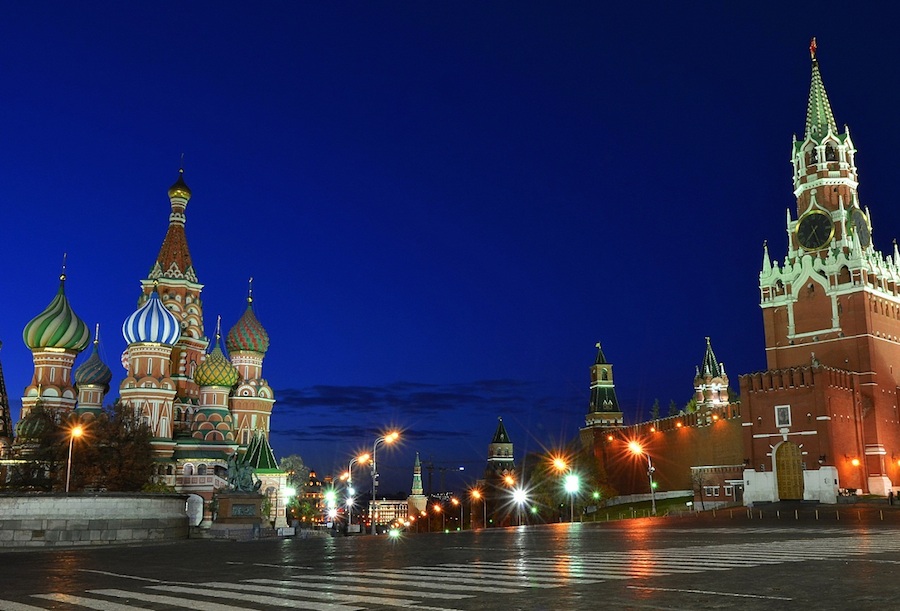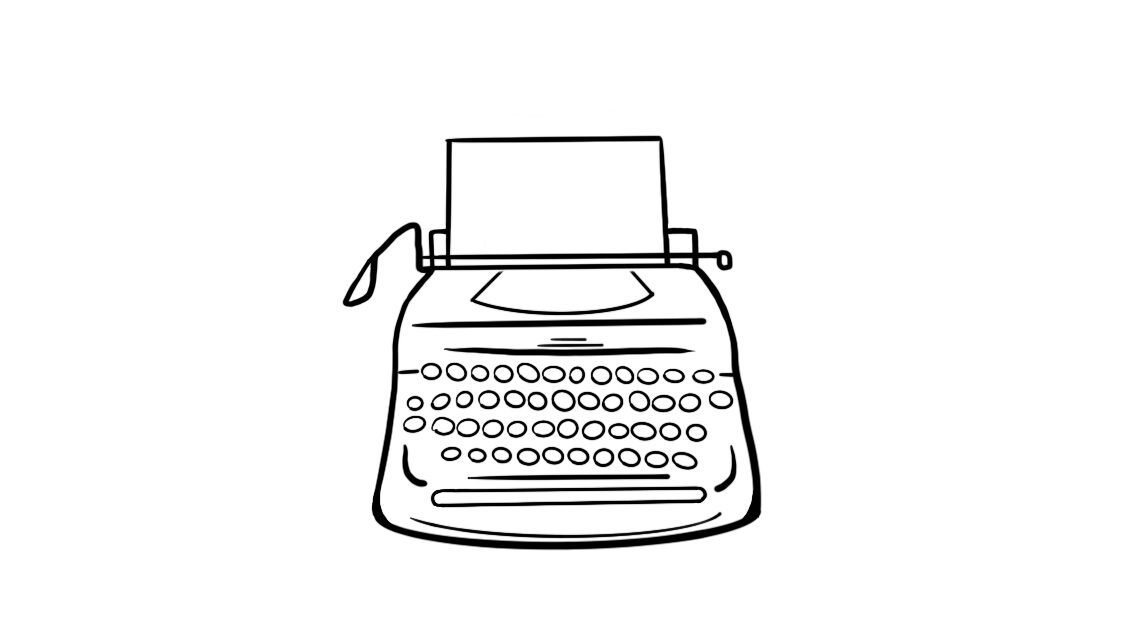Telejournalist Pjotr Ljubimov gave the Estonian part of the broadcast a friendship-laden introduction by visiting Narva, showing the Friendship bridge which joins Russia and Estonia but also separates Russia from the European Union, the ruble from the euro and attitudes that widely differ between the two countries.
The Russian broadcast includes footage from the US during the cold war. The narrative describes how fear is aroused if a nuclear attack occurred and how students should behave were a bomb to explode next to the school. In fact Ljubimov explains how the fear factor was instilled both in the Soviet Union and the West during the Cold War.
In focussing on Estonia, the Museum of Occupation in Tallinn is described as a hate generating institution. On display are those items which were in use during the worst period of their lives – the Soviet years. There is no end to the itemizing of all the things on display.
It's explained that the Estonian economy has changed drastically since Estonia regained its independence. Most industry has closed down. Only a handful still operate. As replacement to the vanished industry, the West has offered military bases. Mihhail Stalnuhhin a very pro-Moscow MP insists that Estonians live in abject poverty and are fed up with elections all the time.
The Russian broadcast also goes back to the 2007 relocation of the Soviet monument from the centre of Tallinn to a cemetery where many veterans are buried, It stated that the riots that occurred were the responsibility of the Estonian government, not of the pro-Putin youth movement “Night Watch”. The latter's representative Andrei Andronov says that many do not see any future in Estonia. Many work abroad and only their elderly parents remain in Estonia.
Matrjoskas are also mentioned in the Russian broadcast. (Strictly a Russian, not Estonian, souvenir item, they are nesting dolls or babushka dolls, of wood, of decreasing size, placed one inside the other. They represent Russian not Estonian culture.) They cost much more than the Vana Toomas (Old Thomas) that symbolizes the capital, Tallinn. The broadcast says that the sale of the matrjoskas could well be restricted by the Estonian government because they are much loved by tourists.
The broadcast also featured the expertise of professor Vladimir Gazetov who said that, in winning the hearts and minds of the audience, one first must establish a positive world opinion of one's position. This opinion must be built up. As an example, the downing of the Malaysian airliner in east Ukraine is used. It's important to be the first to inform the world of the deliberate shooting down of the plane. Western media reports that the plane was hit by a missile from the Russian rocket launcher BUK. No other alternative, according to the Russian broadcast, was offered. Since this version of the possible explanations was the first to be reported, then this is the one with credibility, according to Ljubimov. The fact that a Ukrainian warplane was nearby, is not mentioned. (What the Russian broadcast totally ignores is the tradition of a free and independent Western press – to have ‘exclusive' facts and opinions in controversial circumstances, not to blindly copy another media organization's version. This is supposed to build readership and hence circulation/viewing audience, a must in a competitive media environment. ed.)
The Russian broadcast explained that for years Estonian and other media outlets have reminded the audience that Russia has consistently supported repressive regimes such as Syria. The Olympics at Sochi is mentioned and coupled with anti-gay Russian legislation. The Western press even showed photos of two toilet bowls, side-by-side in the Olympic village. The Russian audience was told that nearly all of the items proved to be mistakes, but Western media were not interested in this. (It's interesting to note that the Russian broadcast uses the expression ‘nearly all', thereby implying that some of the accusations were not false.)
In a well-timed newscast Russian prime minister Dmitri Medvedev added: “It seems to me that in some countries, including small ones, the theme of a foreign aggressor is meant to consolidate the power of the ruling elite. “The Russians are coming” helps them to be re-elected to parliament time and again.” This was aired on US TV.
In a counterpoint to the Russian “expose” of Estonian “hate mongering” broadcasts, Medvedev said that Estonians need not fear the restoration of the Soviet Union. In answering questions on CNBC recently, as to whether Estonia should be afraid of Russians coming to Estonia to “protect local Russians”, Medvedev said that it's impossible to bring back that which has been lost.
“The Russian Federation is ruled by its people's affirmed constitution. This constitution is based on the same values as most of human kind. The road back to Soviet times doesn't exist,” claimed Medvedev.
It's said that Russia has budgeted more money for foreign propaganda than for unemployment relief. They are very aware what intended result the Russian broadcast on Estonian newscasts is aiming for. But credibility of content is something to which the Russian government seems not to devote too much importance.
It's the lack of believability, the control of the media by the Moscow power elite, the denial of legitimate access to the democratic election process for Putin's opponents, the arrogant claim to political hegemony over countries on Russia's periphery that make the Kremlin's claims worthless.
Laas Leivat




